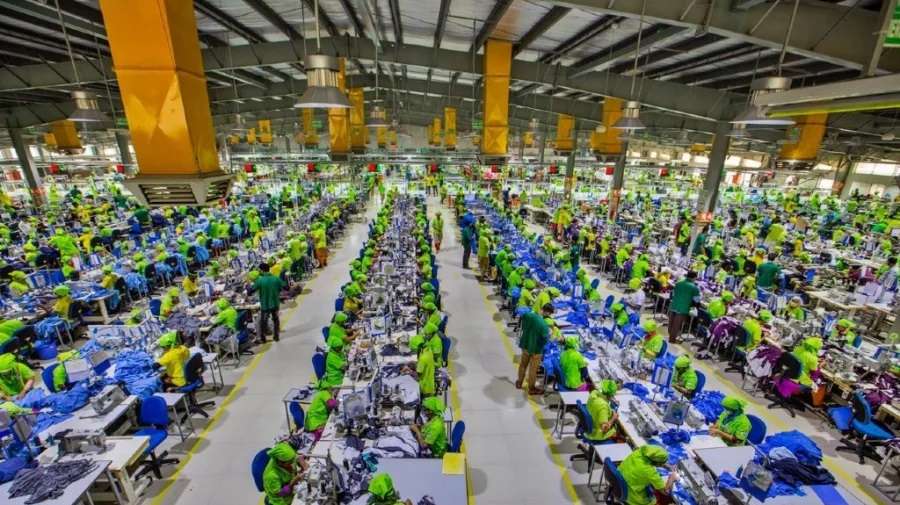Implementing the World Trade Organisation’s Trade Facilitation Agreement (TFA) could reduce worldwide trade costs by anywhere from 12.5 per cent to 17.5 per cent, with the greatest benefits accruing to developing countries.
Countries which implement the TFA in full will reduce their trade costs by anywhere from 1.4 to 3.9 percentage points more than those that only implement the minimum requirements. The greatest opportunities for reductions in trade costs are in low and lower middle income countries.
For producers of goods and services, full implementation will lift export performance and lower the costs of imports. These lower costs will eventually be passed onto consumers, especially those in countries that can afford these imports the least. Trade costs include all tariff and non-tariff costs including transport, border-related and local distribution costs from foreign producer to final user in the domestic country.
The TFA creates a significant opportunity to improve the speed and efficiency of border procedures, thereby reducing trade costs and enhancing participation in the global value chains that characterise international trade.
As G20 economies seek to achieve an additional two per cent of GDP growth by 2018, facilitating a more open flow of goods and services across international borders can be a key contributor to this target. The new trade facilitation indicators help countries benchmark their performance and identify areas of priority action where great rewards can be reaped with little effort.
https://wto.org/tradefacilitation












